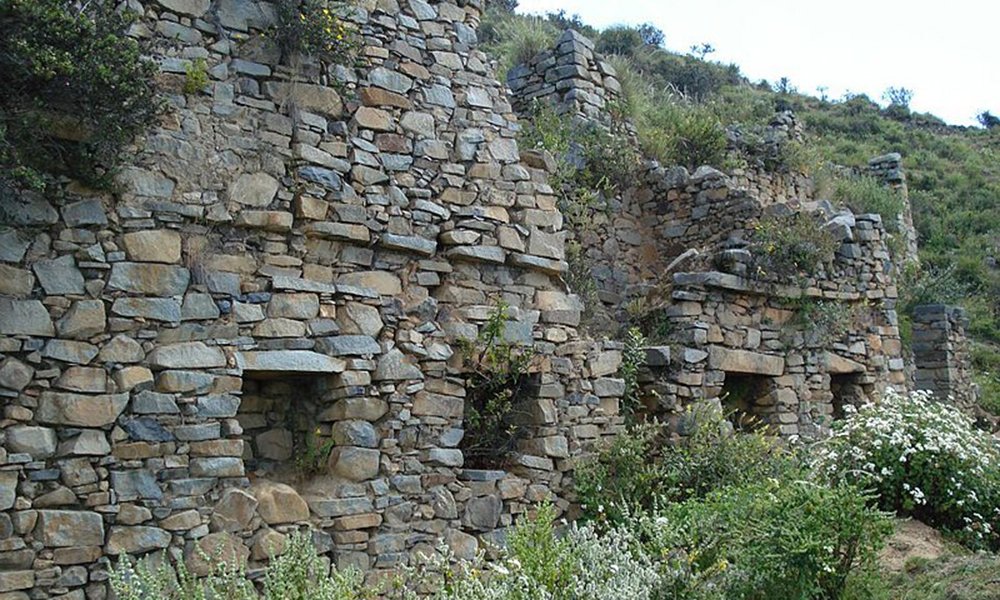
Tantarica Archaeological Complex
The Tantarica Archaeological Complex, located in the Cajamarca region, is one of Peru’s lesser known but incredibly rich archaeological treasures. This site offers a fascinating insight into the ancient civilisations that inhabited the region before the arrival of the Incas. With its impressive structures and ancient history, Tantarica is a must-see destination for archaeology and history lovers.
History and Discovery
The Tantarica Archaeological Complex has been the subject of archaeological interest for several decades, although it has not yet been fully explored. Research suggests that the site was occupied by various pre-Hispanic cultures, most notably its use as an important ceremonial and administrative centre. Its name, Tantarica, derives from Quechua and refers to the geographical location and cultural richness of the area.
Tantarica is not only an archaeological site, but also a place of deep cultural and spiritual significance. Ceremonial structures and petroglyphs indicate that the complex was a centre of religious and spiritual activities. The presence of tombs and funerary artefacts suggests that Tantarica played a crucial role in the beliefs and burial practices of the ancient civilisations of the region.
What to see in Tantarica
The archaeological complex of Tantarica is remarkable for its varied structures and artefacts, which offer a window into the region’s pre-Columbian past:
- Ceremonial Platforms: these stepped structures were used to perform religious ceremonies and rituals. The platforms are constructed of carefully carved stones and offer a panoramic view of the surrounding landscape.
- Enclosures and Rooms: The site has numerous enclosures that were probably used as living quarters and administrative spaces. These structures reflect the social organisation and daily life of the ancient civilisations that inhabited Tantarica.
- Petroglyphs and Rock Art: One of the highlights of Tantarica are the petroglyphs and rock art found in various parts of the complex. These stone engravings depict human figures, animals and geometric symbols that possibly had religious or cosmological meanings.
- Tombs and Funerary Structures: Excavations have revealed several tombs containing human remains and grave goods. These findings suggest that Tantarica was an important burial site with sophisticated funerary practices.

Recommendations for visiting the Tantarica Archaeological Complex
- Best Time to Visit:
The best time to visit Tantarica is during the dry season, from May to October, when weather conditions are most favourable for outdoor exploration.
- Appropriate Clothing and Footwear:
As the terrain can be uneven, it is advisable to wear comfortable clothing and sturdy hiking shoes. Don’t forget to bring sunscreen, a hat and plenty of water to keep you hydrated.
- Plan your visit:
Before you travel, research the area and plan your itinerary accordingly. Check opening hours, entrance fees and any specific regulations or requirements you need to follow during your visit.
- Respect the environment:
The sanctuary is a protected area, so it is crucial to respect the natural environment and wildlife. Avoid disturbing plants and animals.
- Pack the essentials:
Carry essentials such as a map, compass or GPS device, first aid kit, snacks and a torch. It’s also a good idea to carry a fully charged phone and a power bank for emergencies
- Leave no waste:
Practice Leave No Waste principles by taking all rubbish with you and leaving the sanctuary as you found it. Help preserve the natural beauty of the area for future generations to enjoy.











